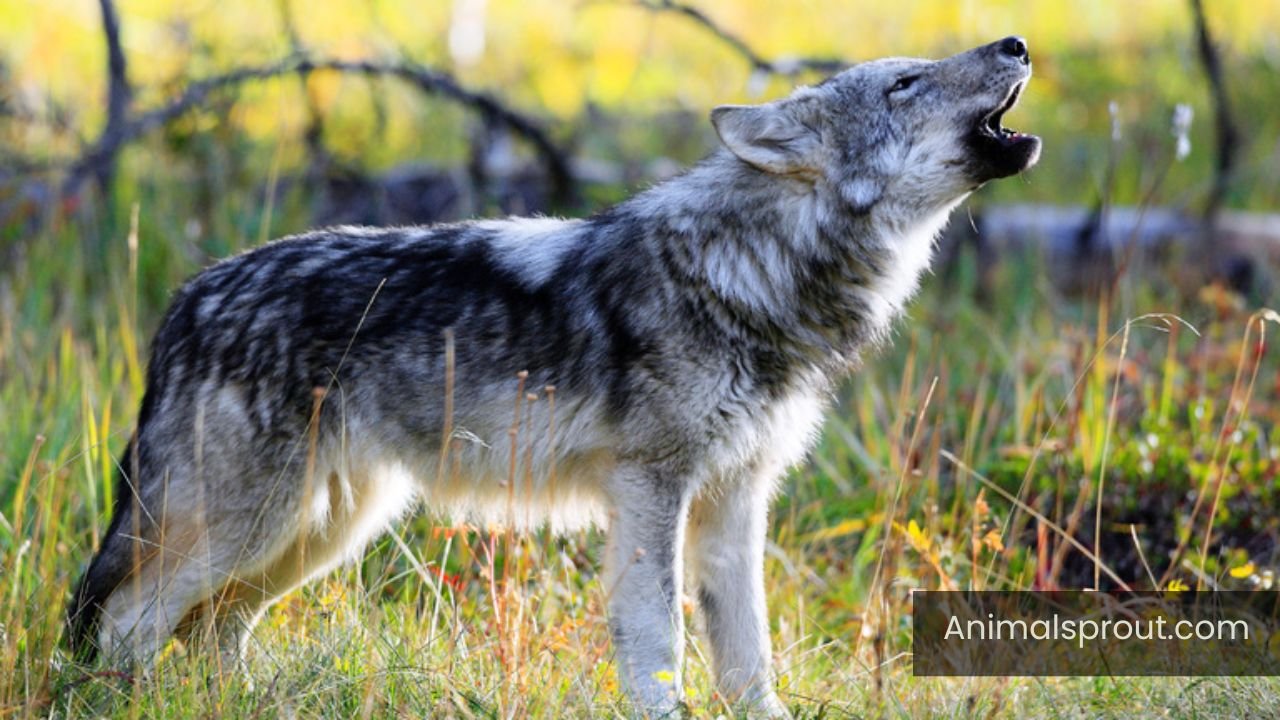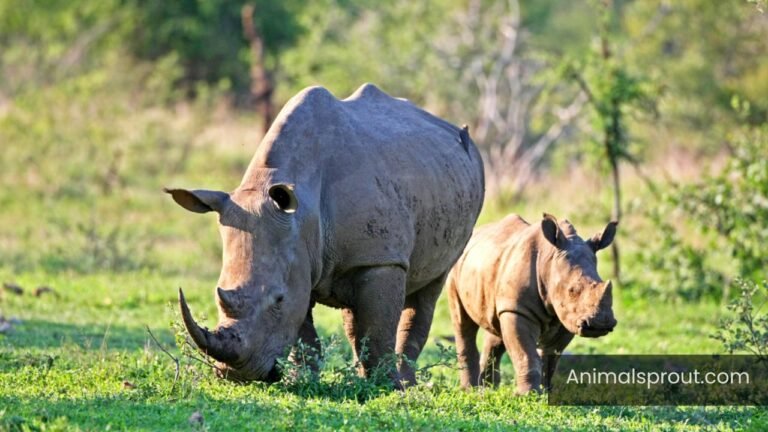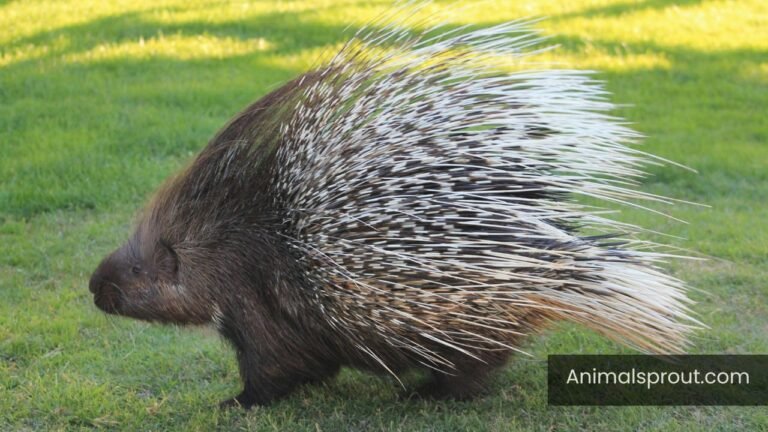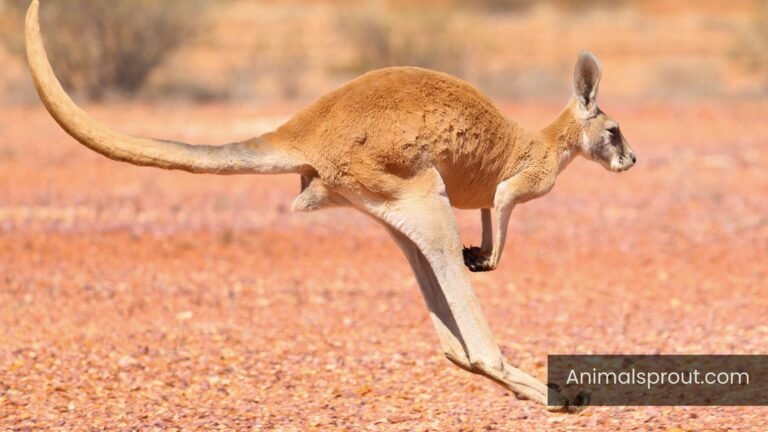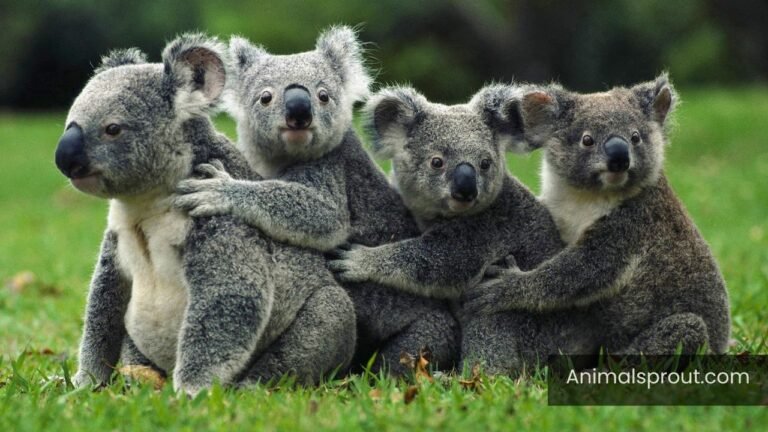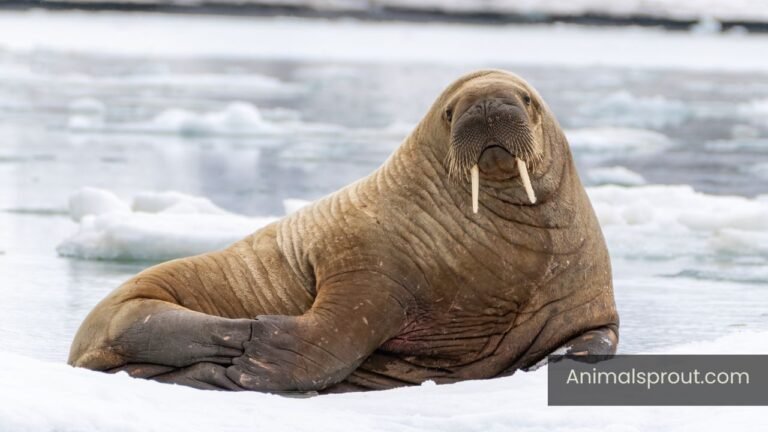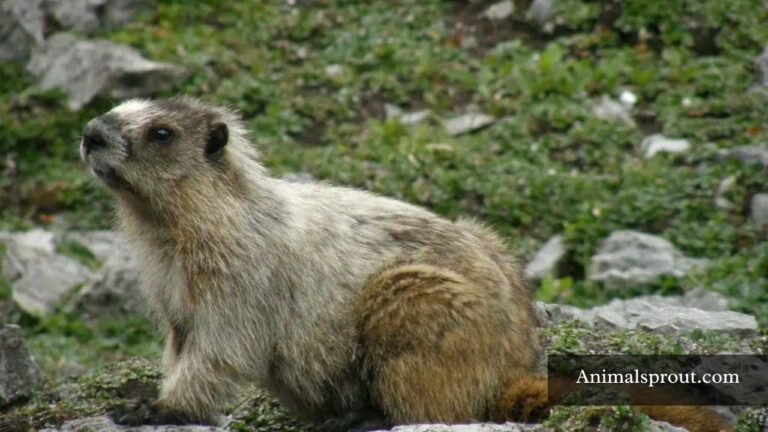Interesting Facts You Need To Know: Do Wolves Purr?
When you think of wolves, images of howling at the moon typically come to mind, but have you ever wondered if these creatures can purr too? The answer to “Do Wolves Purr” might surprise you and expand your perspective on these complex animals. This exploration will shed light on the unique vocalizations of wolves, helping you better understand their emotional expressions and social interactions. Join us as we uncover the truth behind wolf communication and why it matters for wildlife enthusiasts and conservationists alike.
What Sounds Do Wolves Make?
Wolves are renowned for their haunting howls, but their vocal repertoire extends far beyond this iconic sound. Each wolf’s vocalization serves a unique purpose, from the sharp yips and barks that communicate excitement or alertness to the low growls that express dominance or warning. These sounds are not just random; they are finely tuned social signals that help maintain pack cohesion and facilitate hunting strategies. A simple bark can convey urgency, while a series of howls can help wolves locate one another across vast distances, reinforcing their complex social structures.
Moreover, the emotional depth of a wolf’s vocalizations reveals much about their social lives. For instance, a mother wolf may emit soft whines to call her pups, evoking a sense of nurturing and protection. In contrast, the eerie chorus of a pack howling together can evoke feelings of unity and strength, as if they are echoing their ancestral connections to the wild. Understanding these sounds allows us to appreciate not just the biology of wolves but also the intricate dynamics of their communities, illustrating that their communication is as rich and nuanced as our own.
Howls
Wolves communicate through a complex language of howls, which serve as more than just a call to each other; they are a vital tool for social bonding and territory marking. Each howl carries unique nuances, shaped by factors such as the individual wolf’s age, health, and emotional state. When a pack howls together, the harmony of their voices creates a haunting melody that resonates across vast distances, reinforcing social ties and coordinating group movements. This collective vocalization not only strengthens the bond within the pack but also sends a clear message to neighboring packs about territorial boundaries.

Interestingly, researchers have found that wolves can differentiate between the howls of familiar pack members and those of outsiders, suggesting an acute awareness of their social environment. The pitch and duration of a howl can also convey urgency or alarm, signaling danger to the rest of the pack. Moreover, howling is not merely a nighttime activity; wolves may howl at dawn and dusk, times when their prey is most active, making it a strategic part of their hunting repertoire. The soundscape created by wolves is not just a means of communication; it’s an intricate symphony that reflects their social structure, hunting strategies, and connection to the wild.
Barks
Wolves communicate through a fascinating array of sounds, and their barks play a crucial role in their social interactions. Unlike the more melodic howls that are often romanticized in popular culture, barks serve practical purposes. They can vary in pitch and intensity, conveying everything from excitement to alarm. A sharp, short bark may signal immediate danger, alerting the pack to potential threats, while a series of rapid barks can express enthusiasm or call for attention among pack members during play.
Interestingly, the context in which a wolf barks can change its meaning entirely. For instance, a mother wolf might use softer, gentler barks to reassure her pups, guiding them back to safety or encouraging them during their early explorations. In contrast, barks emitted during a hunt can be more aggressive and assertive, designed to coordinate movements and keep the pack tightly knit. This vocal versatility highlights the complexity of wolf communication and underscores the importance of sound in maintaining social bonds within the pack.
Growls
Growls are one of the most primal vocalizations made by wolves, serving as a multifaceted tool for communication within their social structure. Unlike the deep, menacing growls often portrayed in popular media, a wolf’s growl can vary significantly in tone and intensity, conveying different emotions and intentions. A low, rumbling growl may signal discomfort or warning, while a higher-pitched growl can indicate playfulness among pack members. This nuanced language allows wolves to express a range of feelings without resorting to physical confrontations.

Moreover, growls play a crucial role in establishing hierarchy within the pack. When an alpha wolf emits a powerful growl, it reinforces its dominance and asserts control, reminding subordinates of their place within the social order. However, it’s not just about power; these growls can also foster cohesion among pack members. A synchronized growling session can enhance group bonding, reinforcing connections that are vital for survival in the wild.
Whines
Whines, often overshadowed by the iconic howl of wolves, play a crucial role in their social dynamics and communication. These soft, high-pitched sounds can convey a range of emotions, from anxiety and submission to the desire for attention or companionship. When a wolf whines, it may be signaling its need for comfort or trying to bridge the gap between pack members, especially during moments of stress or uncertainty. Observing these vocalizations provides a deeper understanding of the intricate social structures within a pack, where every sound serves a purpose.
Whines are also a vital tool for mothers communicating with their pups. A mother wolf will often use whining to call her young ones, guiding them back into the safety of the den or alerting them to potential danger. This nurturing aspect of whining highlights the emotional intelligence present in wolves, showcasing their ability to express care and concern through sound.
Why Do Wolves Howl At Night?
Wolves howl at night for a myriad of reasons, each steeped in the rich tapestry of their social structure and survival instincts. Primarily, howling serves as a form of communication within packs, allowing members to coordinate their movements across vast territories. The moonlit sky amplifies their haunting calls, making it easier for wolves to locate one another in the darkness. This nighttime symphony is not just a call to gather; it can also signal the presence of food or warn off rival packs encroaching on their territory.
Moreover, howling may be influenced by the ethereal ambiance of the night itself. Under the cover of darkness, wolves feel a sense of safety that emboldens them to vocalize their presence. The stillness of night allows their sounds to travel further, creating an almost mystical connection among distant pack members. The act of howling can be a ritualistic display, reinforcing social bonds and reaffirming hierarchies within the pack, as each member contributes its unique voice to the chorus.
Why Can’t Wolves Purr?
Wolves, often perceived as the wild counterparts of domestic dogs, exhibit a fascinating array of vocalizations, but purring is not among them. This absence can be traced back to their anatomical structure and evolutionary adaptations. Unlike felines, which possess a unique laryngeal structure allowing for the smooth, continuous vibrations that produce a purr, wolves have a different vocal apparatus designed for more robust sounds necessary for communication over long distances. Their howls serve as a powerful tool for pack cohesion and territory establishment, reflecting an evolutionary strategy more focused on survival than on the soothing resonance of a purr.
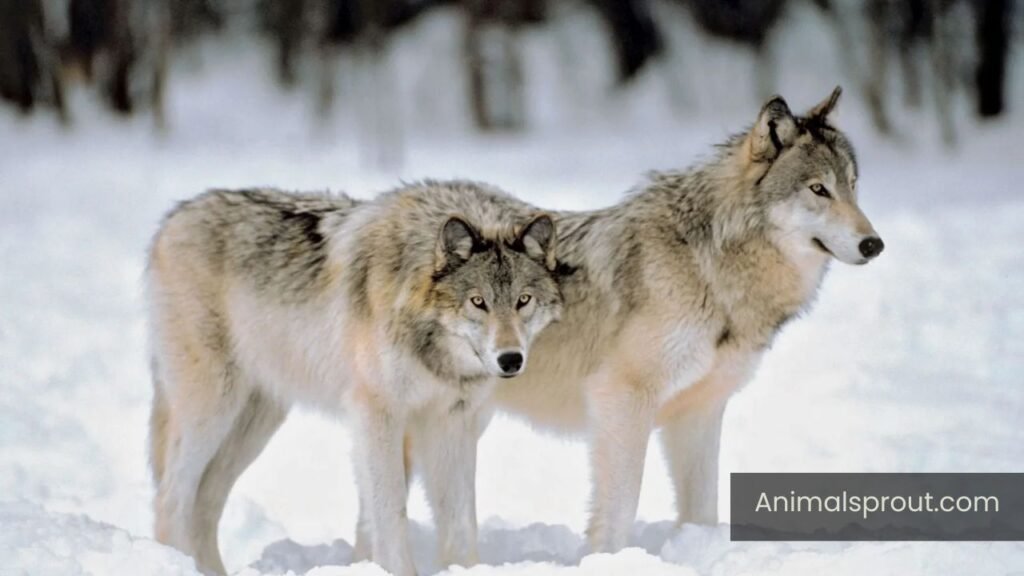
Moreover, the social dynamics within wolf packs further illuminate this difference. While purring in cats often conveys comfort and affection, wolves rely on a complex system of body language and vocal signals to express their feelings and maintain social bonds. The absence of purring may also signify the distinct roles that wolves play in their ecosystems—predators that must remain alert and assertive rather than adopting the more passive demeanor often associated with feline behavior. Thus, while wolves cannot purr, their communication methods are perfectly tailored to their environment, underscoring the diversity of survival strategies in the animal kingdom.
How Do Wolves Communicate With Each Other?
Wolves possess a rich tapestry of communication methods that extend far beyond their iconic howls. While vocalizations like growls, barks, and whines convey immediate emotions or warnings, body language plays a crucial role in their social interactions. A wolf’s posture, ear position, and even tail orientation can signal everything from submission to dominance. For instance, an alpha wolf may hold its head high and tail erect, establishing authority, while a subordinate wolf may crouch low, signaling deference and respect.
Interestingly, scent marking is another vital aspect of wolf communication. Through urine and feces, wolves leave chemical messages that inform others about their territory, reproductive status, and even health. This olfactory communication not only helps maintain social structures within packs but also aids in avoiding conflicts with neighboring packs. By understanding these subtle cues, wolves can navigate complex social landscapes, ensuring harmony within their groups while also asserting their presence in the wild.
How Do Wolves Show Affection?
Wolves express affection in ways that may surprise those unfamiliar with their social dynamics. One of the most touching displays is through physical touch; wolves often engage in gentle nuzzling or licking, particularly among pack members. This behavior not only reinforces social bonds but also serves as a comforting gesture, reminiscent of how humans might hug or kiss loved ones. When a wolf licks the face of another, it’s a signal of submission and trust, reinforcing their connection and hierarchy within the pack.
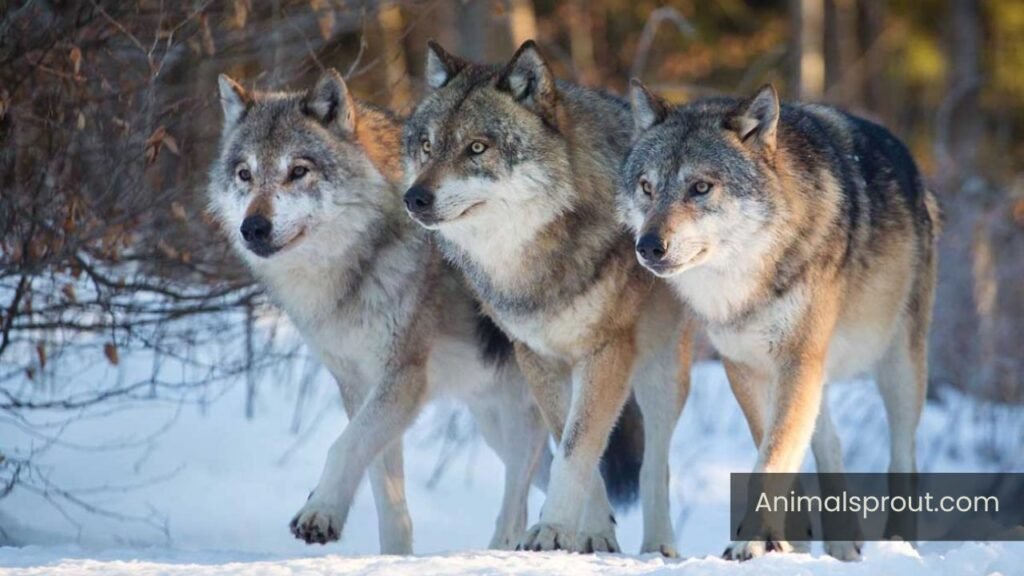
Vocalizations also play a crucial role in expressing affection among wolves. While howls are often associated with communication over long distances, softer sounds like whines and yips can indicate excitement and playfulness, showcasing their emotional ties. Furthermore, the act of playing together—chasing, wrestling, or engaging in mock fights—allows wolves to strengthen their bonds while honing their hunting skills. This playful behavior is more than mere fun; it’s an essential aspect of their social structure that deepens relationships, making every interaction a testament to their loyalty and affection for one another.
Do Wolves Cuddle?
Wolves are often perceived as fierce and solitary creatures, yet their social behavior reveals a more nuanced reality. In the wild, wolves live in tightly-knit packs where bonding and cooperation are essential for survival. Within these groups, physical contact plays a crucial role in reinforcing social bonds. Wolves engage in playful wrestling, grooming, and yes, even cuddling—activities that may seem counterintuitive for such powerful predators. These moments of closeness help to solidify their relationships, facilitating communication and strengthening the pack’s cohesion.
Interestingly, the concept of “cuddling” in wolves transcends mere affection; it serves practical purposes as well. When wolves huddle together during cold nights or while resting, they conserve body heat and enhance their chances of survival. This behavior highlights an important aspect of their social dynamics: survival is not solely about hunting and territory but also about the warmth of connection among pack members.
Readmore: Explore Why do Foxes Laugh?
Conclusion
Can Wolves Purr? Wolves do not purr in the same manner as domestic cats, they do communicate through a variety of vocalizations and body language that serve similar purposes. Understanding these sounds can deepen our appreciation for these majestic creatures and their complex social structures. The gentle growls, whines, and howls of wolves convey emotions ranging from affection to distress, highlighting their ability to connect with one another. Observing these interactions in the wild can offer unique insights into their behaviors and relationships. So next time you hear a wolf’s call, remember the intricate language behind it and consider supporting conservation efforts to protect their natural habitats.
FAQs
Do Wolves Purr?
Wolves do not purr in the same way that domestic cats do. Purring in cats is a unique vocalization often associated with contentment and relaxation, produced by the rapid contraction and relaxation of the muscles within their larynx. Wolves, on the other hand, communicate through a variety of vocalizations, including howls, growls, barks, and whines, but they lack the anatomical structure necessary for purring.
What sounds do wolves make when angry?
When wolves are angry or feel threatened, they can produce a variety of vocalizations that convey their emotions. One of the most common sounds is a low growl, which serves as a warning to intruders or rivals. This growl can escalate into a series of aggressive barks or snarls, signaling that the wolf is prepared to defend itself or its territory. These sounds are often accompanied by body language, such as raised hackles and bared teeth, which further communicate their displeasure. In addition to growling and barking, wolves may also emit short, sharp howls when agitated. This can serve as a way to rally pack members or alert them to potential threats.
What sounds do wolves make when happy?
Wolves express happiness and contentment through a variety of vocalizations and body language. One of the most recognizable sounds is a soft, playful howl or whimper. These sounds often occur during social interactions with pack members, especially when they are engaging in play or greeting one another after a separation. The tone is usually higher-pitched and may be accompanied by wagging tails and relaxed postures, indicating their joyful state. In addition to howling, wolves may also produce gentle barks or chirps, which can signal excitement or eagerness. These vocalizations are often paired with physical behaviors such as nuzzling, pawing, or rolling on their backs, further showcasing their happiness.

